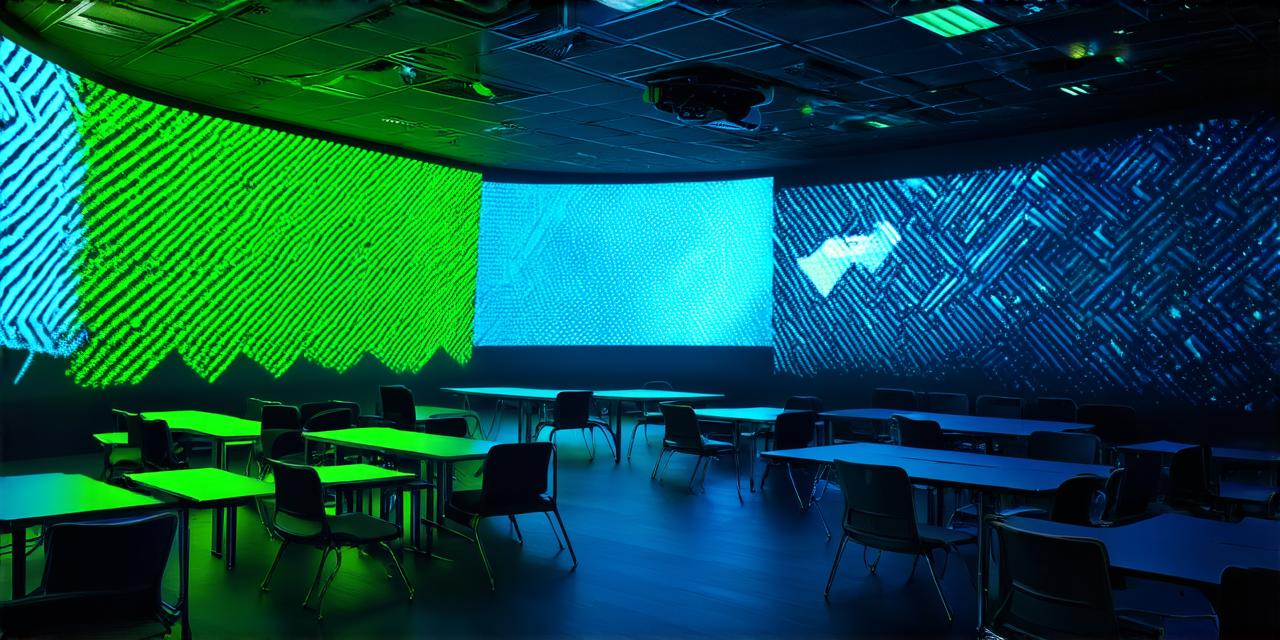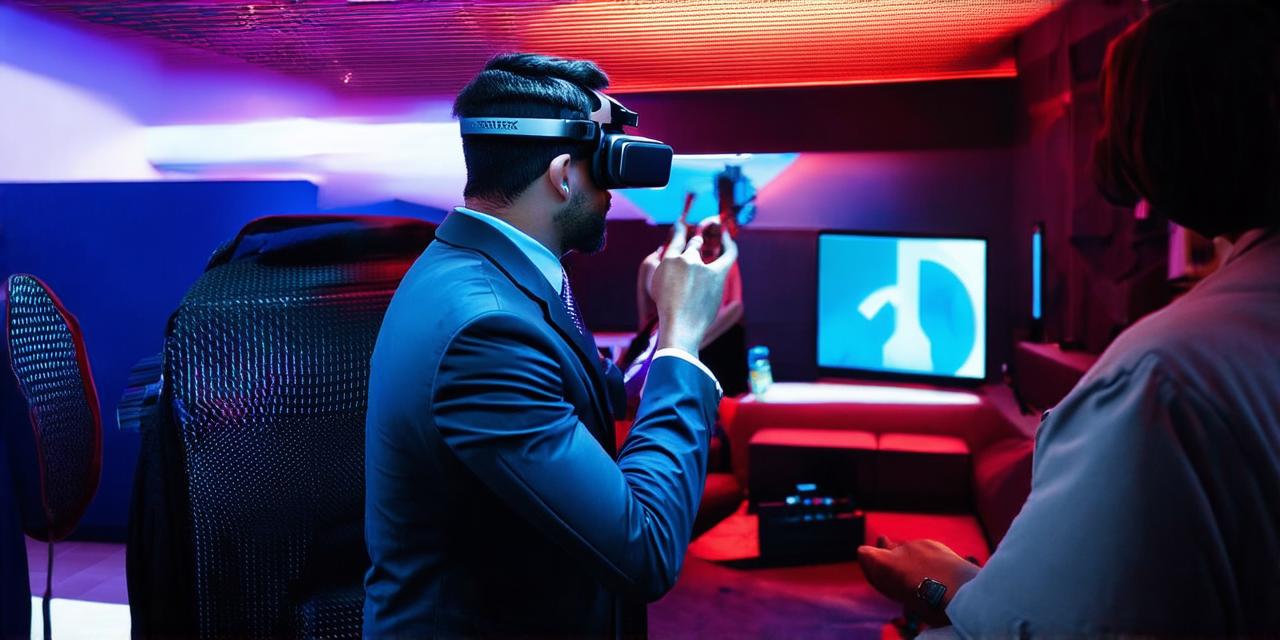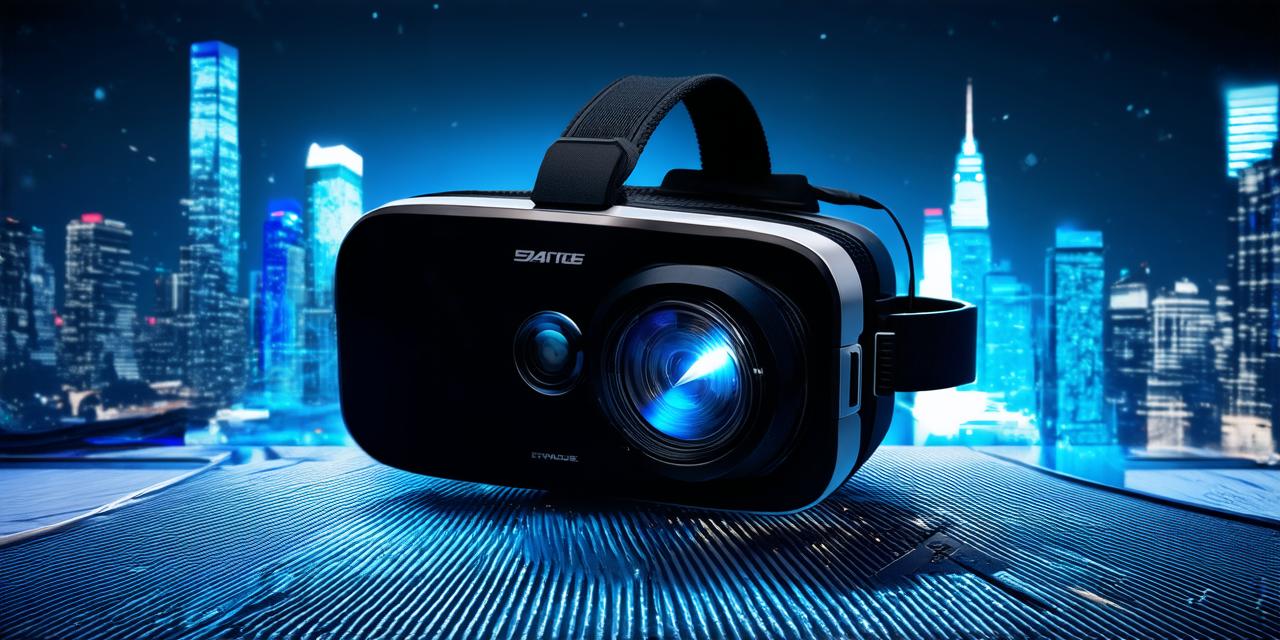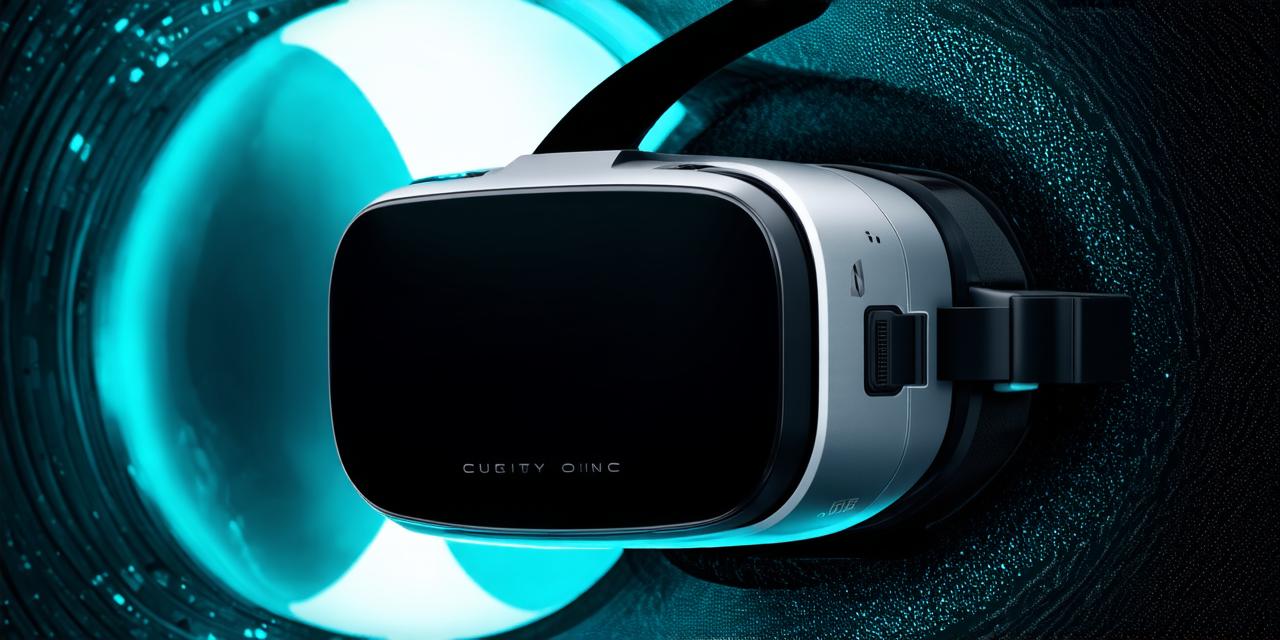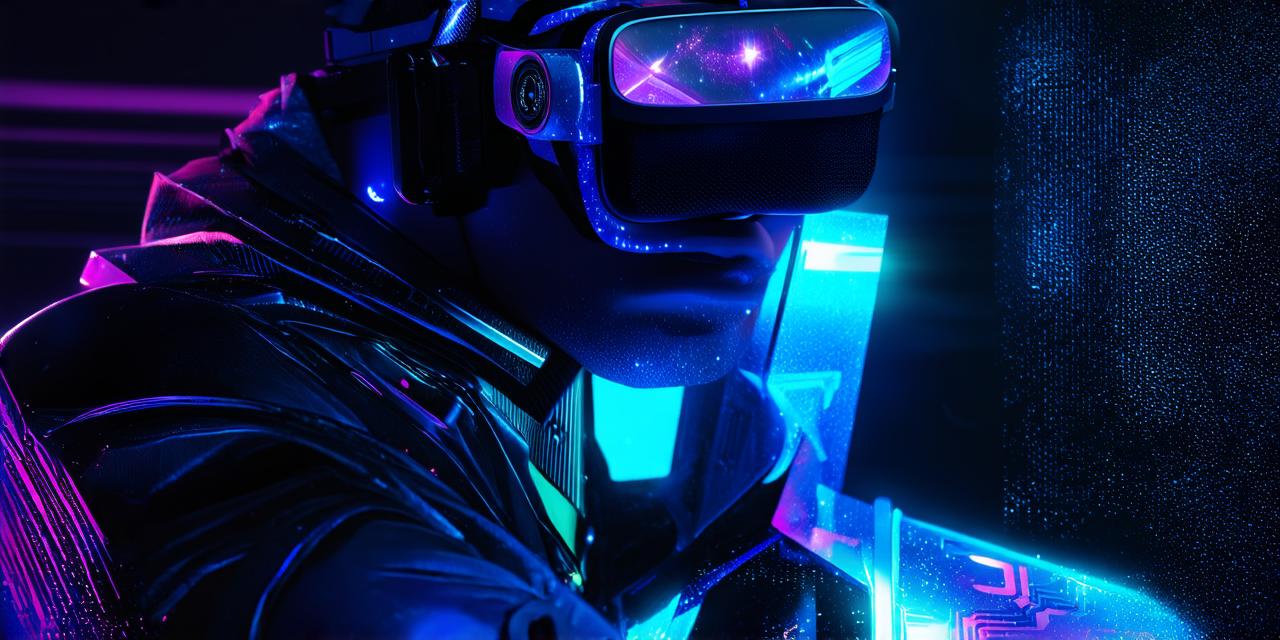Virtual reality (VR) is becoming increasingly popular in various industries, including education. The immersive and interactive nature of VR makes it an ideal tool for improving teaching methods. In this article, we will explore the benefits of using virtual reality in the classroom, including improved engagement, better retention, and enhanced creativity.
Improved Engagement:
One of the main advantages of using virtual reality in education is that it can significantly improve student engagement. By immersing students in a virtual environment, teachers can create interactive lessons that are more engaging than traditional lectures or classroom activities. For example, a history teacher could take their students on a virtual tour of ancient Rome, allowing them to explore the city and its landmarks in a way that is not possible with traditional teaching methods.
Better Retention:
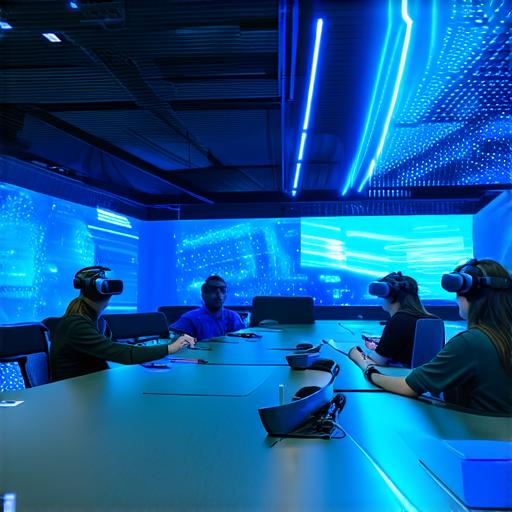
Virtual reality can also help improve student retention by creating a more memorable learning experience. When students are engaged and enjoying their lessons, they are more likely to remember the information being presented. Additionally, virtual reality can provide a safe and controlled environment for students to practice new skills or concepts, allowing them to build confidence and reduce anxiety. For example, a science teacher could use VR simulations to allow students to practice conducting experiments in a risk-free environment.
Enhanced Creativity:
Virtual reality can also enhance creativity by giving students the freedom to explore and experiment in new ways. By providing a virtual environment where students can create their own worlds or characters, teachers can encourage creativity and problem-solving skills. For example, an art teacher could use VR software to allow students to create their own 3D models or animations.
Case Studies:
Many schools and universities have already started using virtual reality in the classroom, with great results. One such school is the Imaginovation Academy in Los Angeles, which uses VR technology to teach coding, game design, and animation. According to their website, “Students at Imaginovation Academy learn through hands-on, interactive experiences that foster creativity, problem-solving, and critical thinking skills.”
Another example is the use of virtual reality in medical training. Medical students can use VR simulations to practice surgeries or other procedures in a safe and controlled environment, allowing them to gain valuable experience without putting patients at risk. According to an article in the Journal of Surgical Education, “Virtual reality provides a safe and effective way for medical students to acquire surgical skills.”
Research:
Several studies have shown that virtual reality can improve teaching methods in various subjects. For example, a study published in the journal Computers & Education found that students who used VR simulations to learn about ancient Egypt were more engaged and had better retention of the material than those who learned through traditional lectures. Another study published in the journal Frontiers in Neuroscience found that virtual reality can enhance creativity by stimulating the release of neurotransmitters associated with creative thinking.
Expert Opinions:
Experts in education and technology agree that virtual reality has the potential to revolutionize teaching methods. According to Dr. Richard Hamming, a professor of computer science at New York University, “Virtual reality can provide students with immersive and interactive learning experiences that are not possible with traditional teaching methods.” Similarly, Dr. Karen Parbery-Clark, a professor of educational technology at the University of Maryland, believes that virtual reality can enhance creativity and problem-solving skills by providing a safe and controlled environment for experimentation.
Real-life Examples:
Virtual reality is already being used in various industries to improve teaching methods. For example, NASA uses VR simulations to train astronauts for space missions, while the automotive industry uses VR training to teach workers how to operate complex machinery safely and efficiently. These real-life examples demonstrate the potential of virtual reality to revolutionize teaching methods across a wide range of industries.
Summary:
In conclusion, virtual reality has the potential to improve teaching methods by increasing engagement, improving retention, and enhancing creativity. While there is still much research to be done on the effectiveness of VR in education, the evidence so far is promising.
